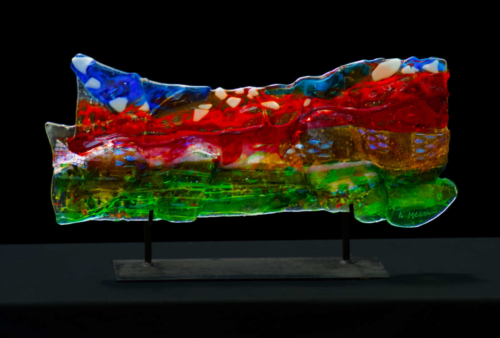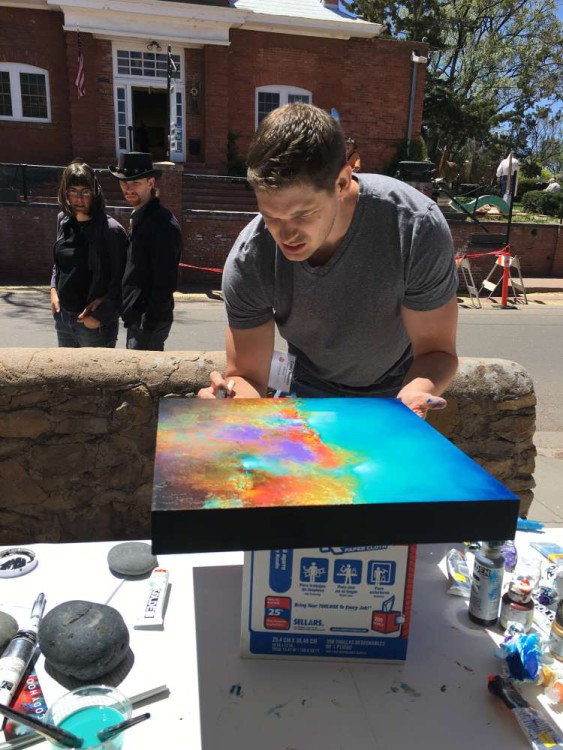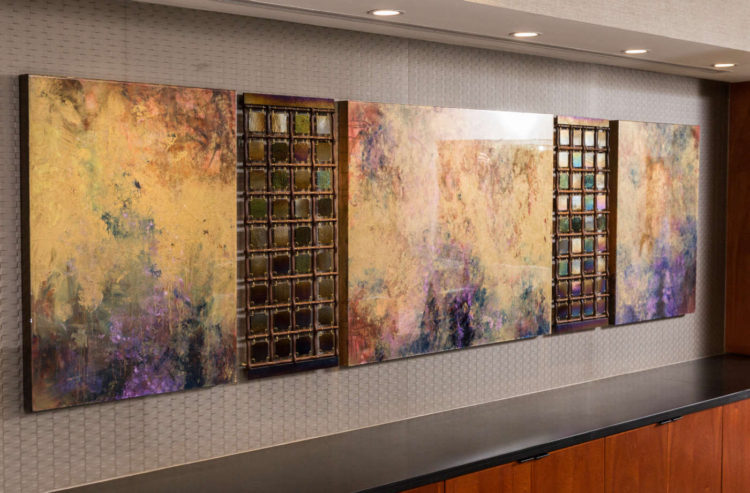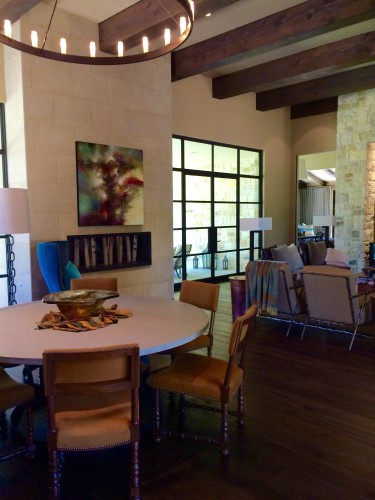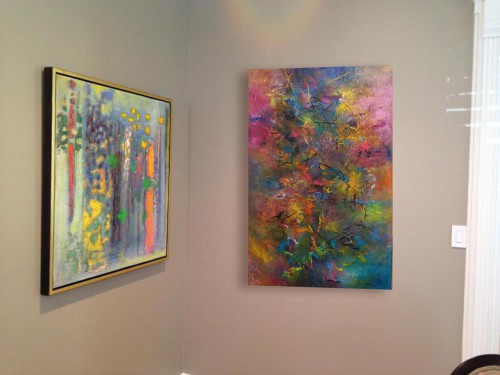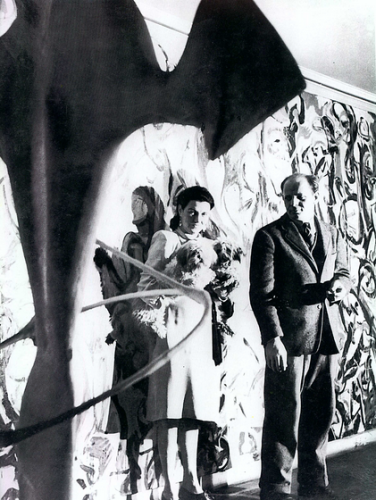Our mission at Pippin Contemporary is to cultivate a “sensory experience of color and mood” for our visitors and collectors. Represented artists are chosen with this value in mind; our painters and sculptors thrive on creative processes that are tuned to the emotional effects of color. Whether it’s abstraction, representation, painting, sculpture or mixed media, the varied styles and mediums of our artists rely on color as a signature form of expression. Our September group exhibition features five artists whose wide-ranging aesthetics are connected through color. Liz Barber, Elizabeth Hahn, Suzanne Wallace Mears and Gina Rossi are featured for “In Living Color,” a dynamic visual display that conveys the powerful emotional impact of color through art.
“In Living Color” features an eclectic array of artwork that ranges from contemporary landscapes to ethereal abstracts, from luminous glass sculptures to whimsical portraits. Color is central to the artists’ process, however, uniting them in an otherwise diversified exhibition. Below is a sample of each artist’s work paired with personal insights on the importance of color in their work, inspiration or process.
Liz Barber
The backbone of my painting process is an intuitive emotional response to color. As I am painting I am thinking about color relationships and am responding to the colors being placed on the canvas in a very emotional way.
My paintings for “In Living Color” are inspired by the coming of spring. It is such a dramatic shift to go from barren trees to bursts of green and vivid colors. The shapes in my work reflect flower petals and foliage bursting with color all around me during springtime here in Atlanta.
Elizabeth Hahn
Color, pattern and relationships are the basis of my work. My exposure to generations of female relatives’ vibrant and brightly colored patterned quilts is an early impression that eventually found its way into my art. I initially took up sewing, quilting, and embroidery, but it was too tame of a creative endeavor. However the colors and patterns remain in my artwork.
Gina Rossi
The first thing I notice about a landscape is usually the light. I am challenged and enthralled by light and how to interpret it. Color is next, but really cannot be separated from light because when I am painting, I am using color to express light, glow, atmosphere, etc. And then it is the solitude, which comes from the vastness of the landscape. There is serenity to it even in the middle of a storm. It stops me in my tracks and I really want to express that feeling.
Santa Fe’s color seems magical and almost unworldly. I will be driving in late afternoon and often have to pull my car over to stare at the sunsets and cloud formations. I don’t take photographs and I don’t rush to my studio to paint it. I wait until it settles in my mind’s eye and at some point it shows up in the work.
Suzanne Wallace Mears
I use color and texture to create energetic, luminous, and joyous works with glass. Bright and bold reds, blues, and oranges reflect my travels in color-saturated countries such as Tibet, Nepal, China and Mexico.
At random I use solid color fields as a challenge to my driving love of vibrant color. My favorite themes are inspired by nature and antiquity. The message I want to convey is a joyous, energetic rendezvous with positive directions.



